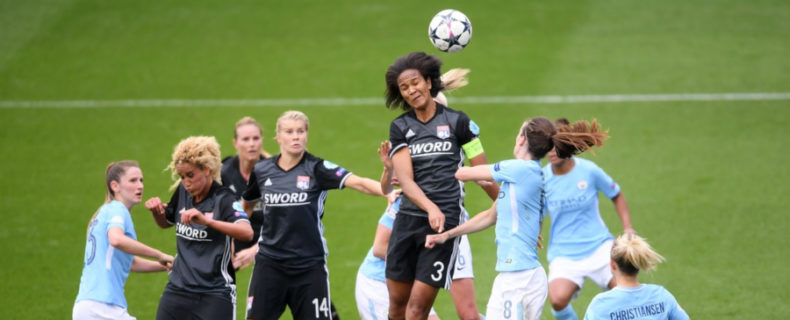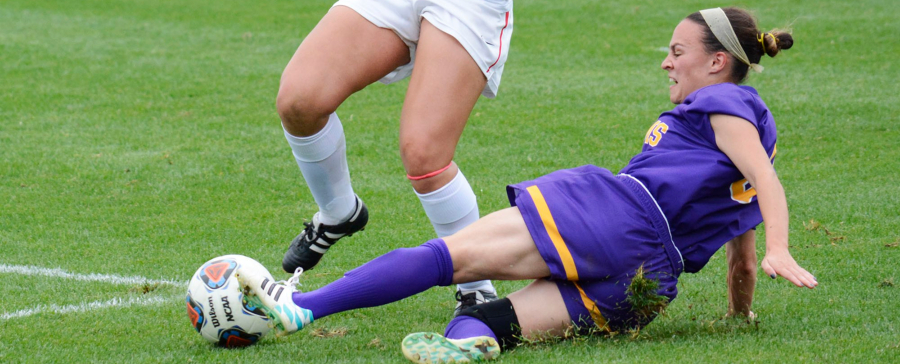
Source: Manchester Evening News
Football is not for weaklings, and women footballers involved in the sport have proven that. Yes, a new study revealed that the beautiful game’s feminine side is tougher and longer lasting than the men.
According to a study of University of West England researchers, female players face the same injuries as male players. The difference is, the former have higher pain thresholds as well as the psychological ability to toughen up and keep going.
Study leader John Bird said women were less inclined to focus on the nature of the injuries or the pain experienced when talking about them. Another factor was the traditional association of the game with men; something that causes many women players to feel the need to prove their worth. This is not out of keeping with females showing what they are made of in other arenas classically dominated by men, such as playing Poker or other games at an online casino Canada.
Players from England’s national team, as well as college and academy teams, and an FA Centre of Excellence participated in the research.
Female Football Facts
While men are traditionally thought of as tougher, stronger, braver, and better suited to playing footie than women, the facts tell a different story. Not only has the so-called fairer sex’s involvement in the sport increased, it has done so against various obstacles.
One of the last friendly matches played between men’s teams at Wembley Stadium sold 40 181 tickets. An impressive number, but it is not a patch on the 55 000 tickets sold for a recent international women’s friendly at the same stadium.
Despite the numbers of fans who attend the games, tickets are still priced well below that of tickets to men’s team matches. Whereas a ticket to the friendly that brought more than 50 000 people to Wembley cost £15 for adults, a Premier League Arsenal match ticket costs a considerably steeper £97.
Another area in which women footballers have had to tough it out is that of money. While former Manchester United striker Wayne Rooney took home an annual £15.6 million, English women’s captain Casey Stoney must settle for £25 000 annually, which is only slightly less than the country’s £26 500 national wage average.
The discrepancy is all the more shocking when it is remembered that the women have a much better FIFA ranking than the men. Having never dropped below 14th spot, the women are now 7th in the world, while the men are ranked only 12th.

Discrimination Is Real
Despite 53 000 spectators having turned up for a women’s football game in 1920, the FA banned women from playing the sport, declaring them unfit to do so. Players and supporters fought back, and 44 clubs formed the Women’s Football Association in 1969.
Despite the ban having been lifted in 1971, female players are still treated with contempt by many who cling to the traditional, masculine image of the sport. Muslim players have faced the challenge of FIFA banning the hijab, and Iranian women are not even allowed to watch the sport, regardless of the teams’ genders.
Much like ethnic, racial, and homophobic slurs mar the experience for many male players, so women footballers also face verbal assaults on the field and online. Just one example of this happened in 2011, when members of the Manchester City team were told to expose their breasts for the enjoyment of men present. The incident became known as the Offside Rule Scandal.
The challenges are not insurmountable, and females in football become more visible, so they will receive more recognition for the fierceness, passion and skill they bring to the sport.
Sources:



























